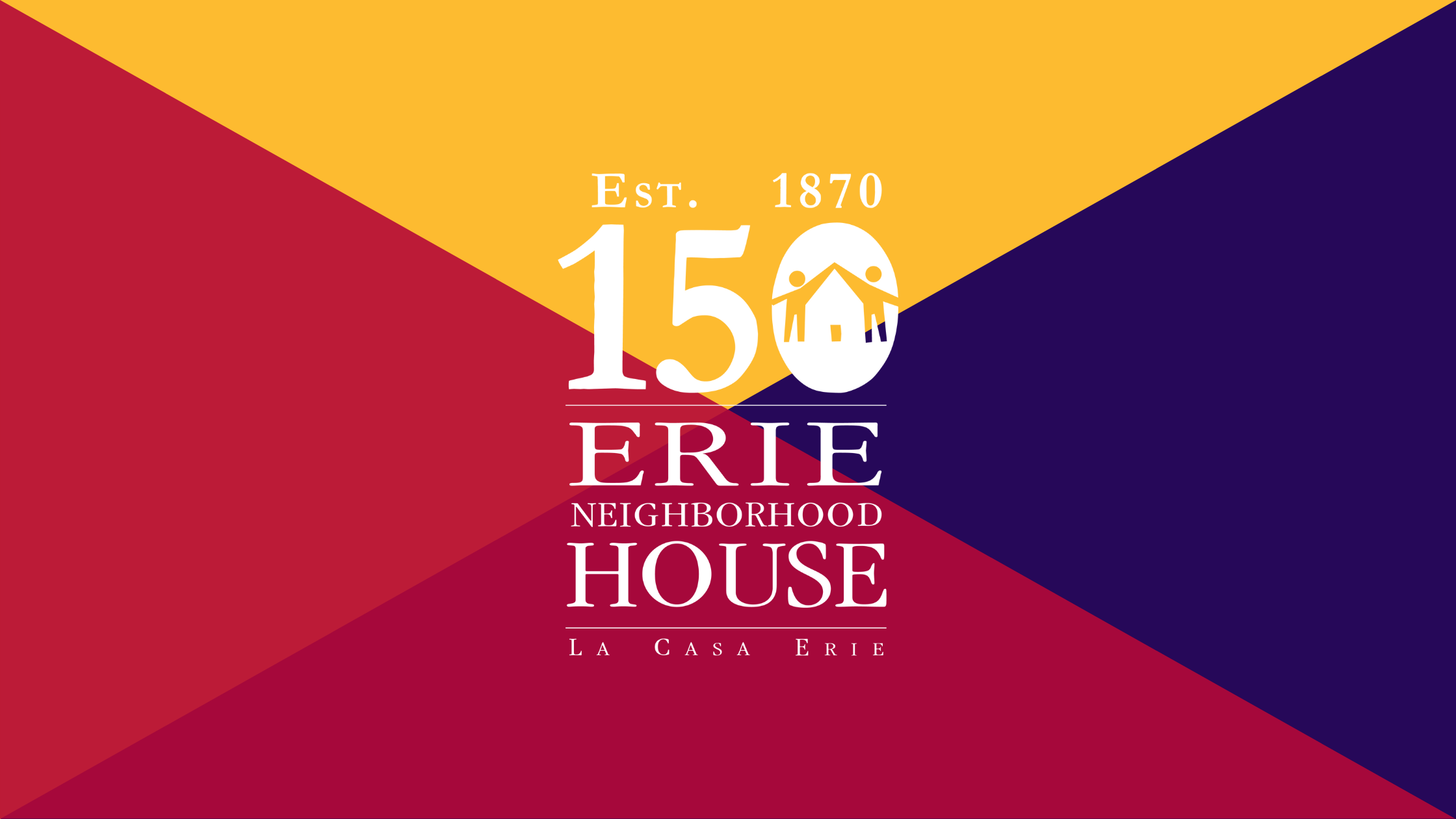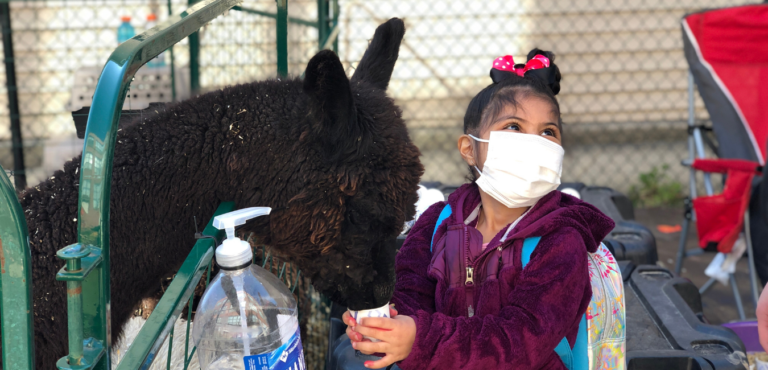Table Of Content

Its programs operate on a blend of federal, state and private foundation funding. The organization also relies on a generous donor base in addition to an active volunteer corps. While Erie House serves Chicagoans of all backgrounds, clients predominately include Latino immigrant families, including documented and undocumented immigrants. These communities have been among the hardest-hit by the coronavirus pandemic.
Mental Health & Community Wellness
Erie resident remembers growing up in demolished ‘safe harbor’ neighborhood - YourErie
Erie resident remembers growing up in demolished ‘safe harbor’ neighborhood.
Posted: Thu, 08 Feb 2024 08:00:00 GMT [source]
Erie Neighborhood House opened in 1870 in Chicago’s West Town neighborhood. As the city and community changed over a century and a half, so did we; from a church serving our neighbors to a settlement house delivering wraparound services to immigrants and individuals from all backgrounds to help them thrive and build proud, powerful communities across the city. Since 1870, Erie Neighborhood House has been a classroom, a second home, and a community center for thousands of low-income and recent immigrant families in Chicago. Your investment in Erie House supports a legacy of award-winning educational programming, legal services and mental health programs for the whole family, from early childhood to adulthood.
Community Resources & Empowerment
Before joining Erie House in 2019, she worked as mission funding director for the Evangelical Lutheran Church in America’s $198 Million comprehensive campaign. Kirstin Chernawsky is the executive director of Erie Neighborhood House and is the ninth individualto serve in this capacity since the agency's incorporation in 1915. She came to Erie House in 2013 and served as senior director of development and communications before entering her current role in 2016. Puerto Rican immigrants started arriving in the 1950s, at first settling at the south end of Lincoln Park. This is the neighborhood where former Congressman, Luis Gutierrez, who became a nationally recognized leader in the fight for immigration reform, lived until his parents decided to move back to Puerto Rico when he was about 15.
History
In the morning, Erie House’s newest neighbors dropped off their pre-schoolers. After work, they picked them up, along with their older children who went to Erie after school. Monday through Thursday evenings, and twice on Saturday, the adults studied English or enrolled in citizenship classes. Through foundational academic and professional programs like English as a Second Language (ESL), civics education, workforce development, and more, we provide the tools adults need for long-term success.
Bickerdike Redevelopment Corporation was also founded by Erie House in 1967 to create affordable housing opportunities for members of the community. And in 2005, Erie Elementary Charter school was founded out of Erie House to provide a bilingual school option for neighborhood families. In 1893, we offered one of twenty flagship programs in Chicago’s Free Kindergarten Association, and in 1942 we began providing daycare in response to growing demand during WWII as the American workforce evolved. In 1984, we launched TEAM, a groundbreaking mentoring program that supports the growth and development of neighborhood youth. We work with young people from infancy through high school graduation to equip them with tools and resources to build a bright future, including educational programs and activities, mentoring, and family support.
Erie Chapel Institute
Erie House is a social services nonprofit organization providing the most comprehensive support immigrant and low-income families in Chicago need to thrive. The organization also launched its TEAM mentoring initiative for high school students in the 1980s in collaboration with The Northern Trust Company. A decade later, in 1995, Erie House expanded to a second West Town location a half mile away at 1701 W.
West Town - House La Casa
By the 1980s, Mexican Americans were recognized as Chicago's largest group of immigrants, and the rising influence of Latin Americans in Chicago was reflected in the changing makeup of Erie House program participants as well as its staff members. Rafael Ravelo, an immigrant from Cuba, became the agency's first Latino executive director in 1985 (all three Erie House executive directors who have served since Ravelo's tenure have also been Latino, representing both the Puerto Rican and Mexican American communities served at Erie House). The demographics of the West Town community began to transition at the turn of the 20th century as Italian and Polish immigrants populated the area near and around Erie Chapel. By 1915, Erie Chapel consisted of three staff members and an annual budget of $6,400 (roughly $150,000 when adjusted for inflation), at which point it incorporated and renamed itself Erie Chapel Institute.
Here's How You Can Help Migrants Arriving In Chicago From Texas - Block Club Chicago
Here's How You Can Help Migrants Arriving In Chicago From Texas.
Posted: Fri, 02 Sep 2022 07:00:00 GMT [source]
Kirstin Chernawsky
Our in-house team of attorneys and legal representatives help their clients navigate the US citizenship and immigration system, keeping families together, and allowing them to achieve a greater sense of security. Paul Kasper is responsible for directing the activities of facilities, management and engineering, strategic planning and energy management for all Erie House sites. Prior to joining Erie House in 2001 as executive assistant, he was manager of workforce development for economically disadvantaged adults at Association House of Chicago. With an annual budget of approximately $8M,[14] the organization employs a diverse workforce of 150 full- and part-time employees.
Erie House partnered with the Little Village Development Corporation (now Enlace Chicago) in 2004 to begin offering services to residents of Chicago's Little Village community. The 1950s witnessed an increase in families migrating from Puerto Rico, drawn from the island to the mainland in part by a new San Juan-to-Chicago fare promotion offered by Pan Am Airways. Many of these families settled in parts of West Town and Humboldt Park and became connected with Erie House, thus initiating the agency's demographic shift toward Chicago's growing Latino community. Browse photos from our archives and explore the timeline below to journey through our history over the past century and a half.
Alvin Schexnider supervises the day-to-day operations of human resources, facilities and information technology and has a strong background in human-centered design. He arrived at Erie House in 2018, having worked previously as the director of operations at Greater Good Studio. Those of us who take an interest in history are generally drawn to it because it is full of good stories.
From the late 1880s to 1920, the Dutch and Norwegians were replaced by Poles and Italians. “Mom Savino,” came to Erie House when it was still the Erie Chapel Institute in the 1920s. She and her husband both got jobs at Erie, but also volunteered for many hours beyond their work time. She was an Erie institution by then, by far Erie’s most famous Italian participant. For the most part these Italians were Catholics, as were the Poles who also came to Erie.
We’ve also heavily invested in mental health, community wellness and safety through our Proyecto Cuídate program, our fastest-growing department based in Little Village. Erie St. with the words TO THE GLORY OF GOD AND SERVICE TO HIS CHILDREN etched into the cornerstone. It was then that the settlement house adopted Erie Neighborhood House as its name, supporting a staff of 12 and upwards of 50 Works Progress Administration (WPA) laborers. Over the next two decades, Erie House expanded its initiatives to include dental care, a health clinic, a clean neighborhood program, child care to accommodate a shifting workforce in the wake of U.S. engagement in World War II, and one of the nation's first Meals on Wheels programs. Erie Neighborhood House traces its history back to the founding of Holland Presbyterian Church, a small congregation planted at the corner of N.
Celena Roldán served as social worker and director of child care before being named executive director. Erie House opens its community technology center, opening new opportunities for education and professional development for participants in a changing world. Erie House collaborates with the Northern Trust Company to launch Tutoring to Educate for Aims and Motivation (TEAM), a groundbreaking mentoring program that supports the growth and development of neighborhood youth. In the last 150-plus years, we’ve expanded our footprint to a second site in West Town and later into Little Village to reach more of our predominantly Latinx immigrant participant population. We also offer programming from satellite locations in Humboldt Park and Logan Square, and home visiting in Back of the Yards. Erie Neighborhood House opened its doors to Chicago’s West Town community on December 4, 1870.

It first embraced the children of the neighborhood in what was described as the largest Sunday School in Chicago at that time. In partnership with The Collective Academy, we formed a strategic plan committee made up of staff, volunteers, board members and participants past and present. Their task was to reframe our vision, mission and values and develop goals (and tactics to achieve those goals) that would strengthen our impact in the community over the next 3 years—and beyond. Erie House has historically served low-income immigrant communities.
“All backgrounds” represents our commitment to inclusion across race, gender, age, religion, identity, ability and experience. We’re committed to working to unify our communities behind the shared goal of justice and equity. By contributing to PHS, you keep the stories and lessons of American Presbyterian history alive.

No comments:
Post a Comment